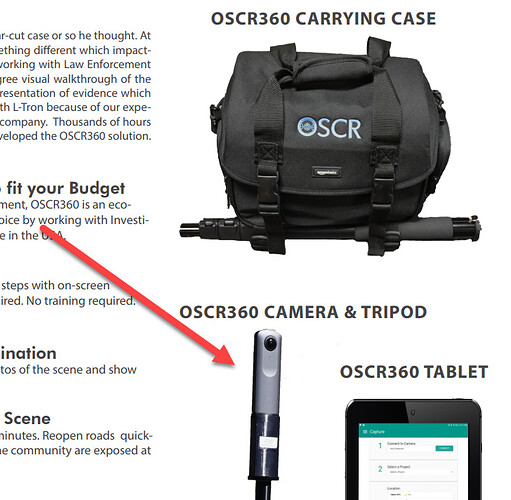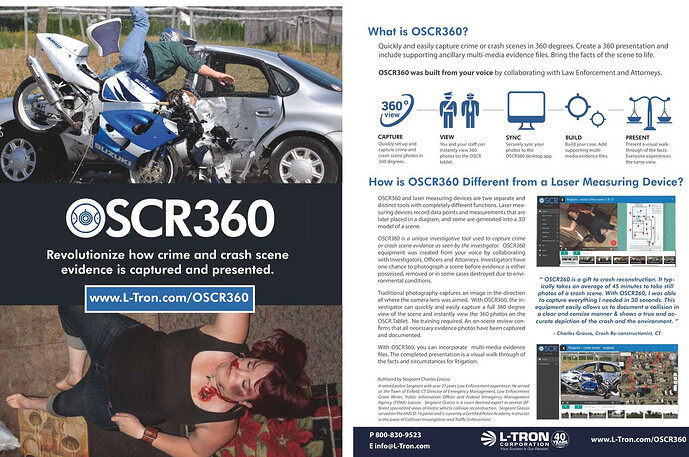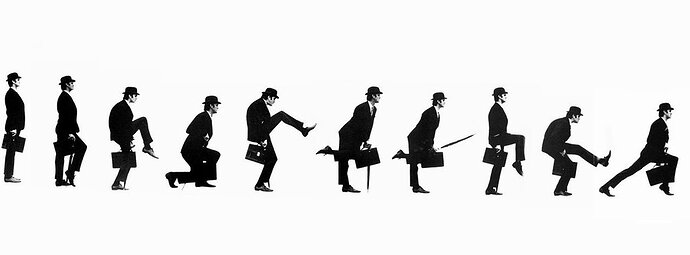Is anyone using the Theta or any 360 in law enforcement?I work in forensic science and want to include the cameras in crime scenes as they are really easy to use but also small enough for our investigators.They have loads of kit so a small camera and tripod is more suitable than having the DSLR take the images and then spend hours stitching them.
Gary,
I haven’t heard law enforcement mentioned. I’ve heard of security cameras where, potentially, since the THETA probably does not have the needed resolution, the idea would be to use the THETA as in conjunction with a CCTV as an aiming device. As far as I know, this has not been implemented.
On-site documentation of crime scenes seems like a good fit. You’re in forensic science? Have you heard of 360 degree cameras being used in this way? I guess the prime advantage would be time savings? Both on-site and, as you mention, in post production?
Jesse
This is a popular idea, but we don’t have any clear examples. The resolution for still images is good and usable.
You can compare the THETA to the NCTech iSTAR which targets police, fire, and public safety organizations.
https://www.nctechimaging.com/law-enforcement/
The THETA is cheaper with an open API for WiFi, USB, and some capability with Bluetooth.
There’s also this case study from NCTech on the Derbyshire Police force
I believe that the THETA V can operate well in all of these use cases. With the THETA, there’s also the reassurance that you’re using the world’s most popular 360 camera, so there will be a big community of users to exchange tips with.
Thanks guys, yes I was trained on the Leica 3D scanners but they take so much work to paint the points after scanning it’s a very expensive and lengthy process.
With the Theta having views in 360 from exactly witness points of view would be a really great use.
I believe that the THETA will work for your application. It is probably in use for that exact purpose, but we just haven’t heard of the details yet. Would love to get your feedback if you use the THETA for forensic work.
BTW, if you don’t have a THETA yet, people often wonder if they should buy the THETA SC, THETA S, or the THETA V. The image resolution is the same, but the THETA V costs more.
For business purposes, the THETA V is worth the extra money. Here’s why:
- Faster time between pictures. Approximately half the time (8 seconds for the THETA S versus 4 seconds for the THETA V)
- even with 2.4Ghz WiFi connection to the mobile app, the THETA V is faster at file download than the THETA S (7 seconds versus 1 second)
- The combined points above result in the picture-taking speed of the V is 3x faster than the S. (5 second versus 15 seconds) With the V, 4 seconds is the stitching time and 1 second is the transfer time. For the THETA S 7 seconds is transfer time, 8 seconds is stitching time.
- Downloading speed via WiFi using 5Ghz is even faster and is very useful when downloading large 4K videos
- better resolution of video,
I’ve met fire officers who are use 360’s (including Theta’s) for scene forensics and imaging for training purposes in Australia. Make sure you use the HDR mode and a tripod to capture an evenly exposed scene.
Andrew
Andrew,
Is there any information about that online? Do you know the names of the fire departments that are doing that? I’d just like to try to collect more information on this.
Jesse
I am a Theta SC user. Your question is very relevant, and I think you should just (as I did for testing) GO FOR A TRY.
Pretty sure you will be surprised: the thetas are VERY easy to use, small, reliable, and the picture definition is not so bad, provided you take a few time to prepare, and apply good methods.
OSCR360 is using the THETA now for crime and crash scene forensics.
- Pictures taken with an earlier version of our system were admitted in as evidence in a local Rochester case resulting in a 2nd Degree Murder Conviction in October 2016.
- OSCR360 has also been used in 2 active homicides in the Rochester Community, a high profile hunting related shooting death in NYS, and a variety of other scenes.
“OSCR360 is a gift to crash reconstruction. It typically takes an average of 45 minutes to take still photos of a crash scene. With OSCR360, I was able to capture everything I needed in 30 seconds. This equipment easily allows us to document a collision in a clear and concise manner & shows a true and accurate depiction of the crash and the environment.” - Charles Grasso III, Retired Sergeant, Expert Crash Reconstructionist

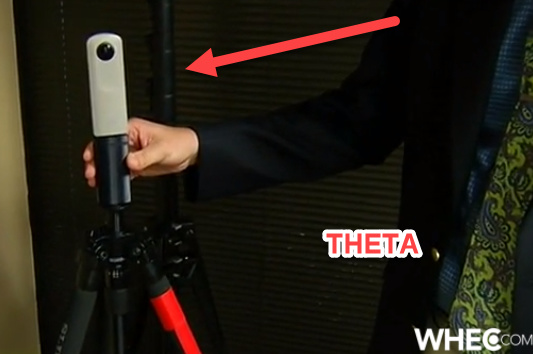
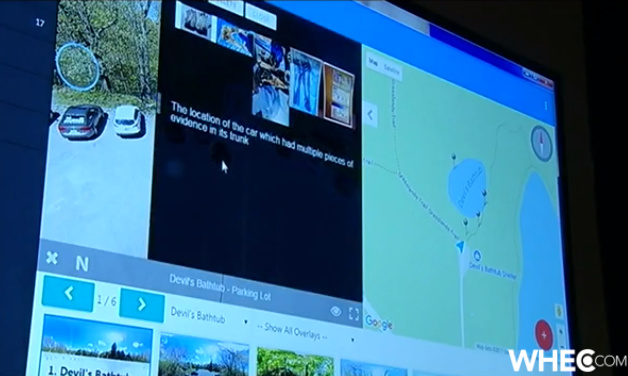
http://www.whec.com/news/rideout-l-tron-trial/4558643/?cat=565
Law Enforcement Technology
Cover of Law Enforcement Product News
http://lepn.epubxp.com/i/846916-jul-aug-2017/15?m4=
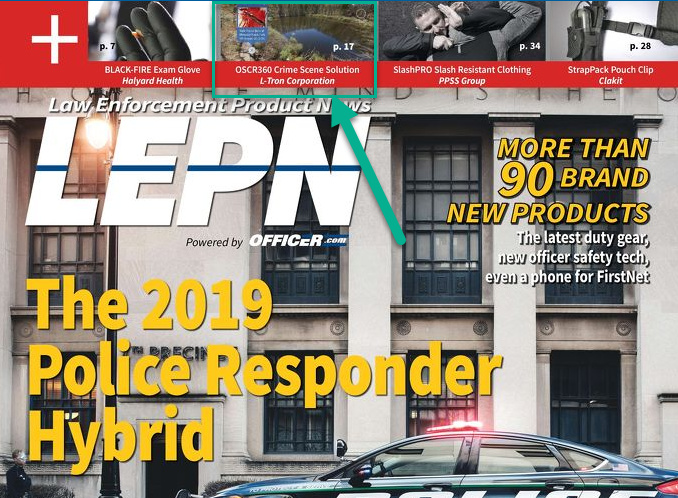
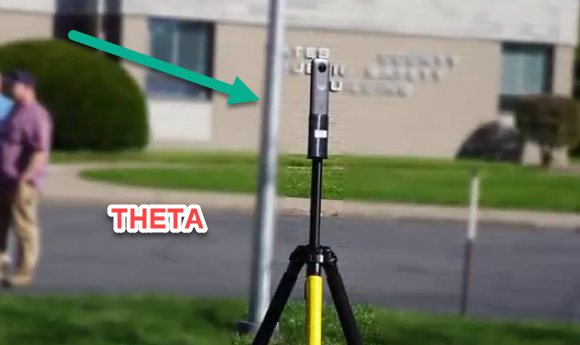
The use of 360 camera on crime scene is evolving. I have seen DoD scenes put up three Thetas set in a intervalometry (every few seconds) to document all movement through the scene.
This is great info. by DoD, do you mean department of defense? Or, does DoD have a special meaning in forensic science?
Thank you.
I agree as that will aid transparency but a selection of video cameras will also do this.
My use is more putting the witness statement into an actual location.
So if I witness a murder out of my window as a CSI I can position my camera at the same height and location to that persons stated position. I.E. stood at the sink looking out the window. Then the court can see what I see, they see the cut off from my field of view etc.
They will also show that Mr A didn’t see the train coming as he was blind to it, or Mrs B knew a person was in a certain position and this is her view of the incident.
Does that make sense? I hope not to have confused you lol
Yes DOD is Department of Defence and in the UK w have Ministry of Justice and Ministry of Defence and of course the Ministry of Silly Walks 
HAHAHAHAHAHAHA I love that, must steal it as my signature block
I think this is a good use of the THETA because it can also answer the question of what the person could see if they turned their head. You can set the primary field of view with the assumption that they are looking directly at the scene,but then rotate the scene to see the field of view if their heard was turned.
The Ricoh is a good point and shoot camera, albeit it’s consumer-grade and won’t hold up for zoomed-in views of evidence. The postage stamp-sized CCD is the source of the problem. You can’t zoom in enough on a piece of evidence as well as you can if you used a DLSR camera.
We have used various Ricoh models in test shoots with CSI360’s crime scene reconstruction software. These point-n-shoot 360 cameras are good for * some * reconstructed scenes where speed is a factor such as a state trooper using one with a large telescoping pole to shoot a 360 of a traffic accident.
But for a capital murder case, the Theta and other one-shot cameras like them just can’t capture the same amount of light as a full-frame CCD DSLR camera. The full-frame DSLR’s CCD is 15 times the size of the Ricoh. You get better resolution because the light strikes a much larger surface area, thus producing a crisper image and one that won’t break up quickly when you zoom in on a crime scene to inspect a piece of evidence.
For forensic 360 Photogrammetry ( Measurements) use of Ricoh Theta check out https://cognitech.com/cognitech-trisuite-14/automeasure-14/
Cognitech was the first in the world to introduce the full 360 photogrammetry measurements in 2014 with Ricoh Theta being the main platform.
Thanks,
Jake
